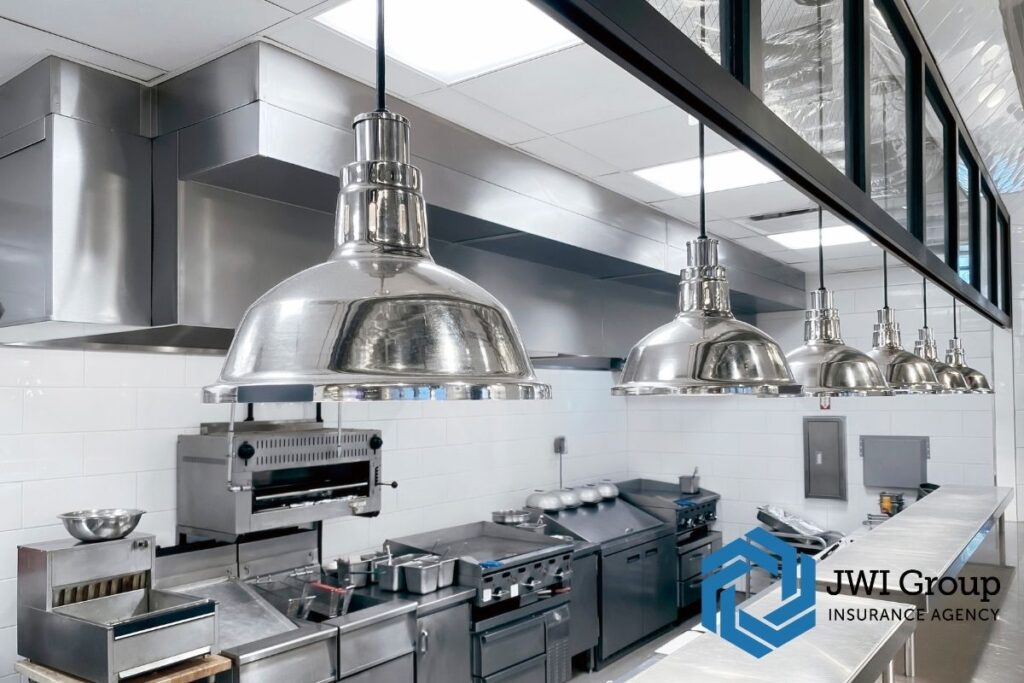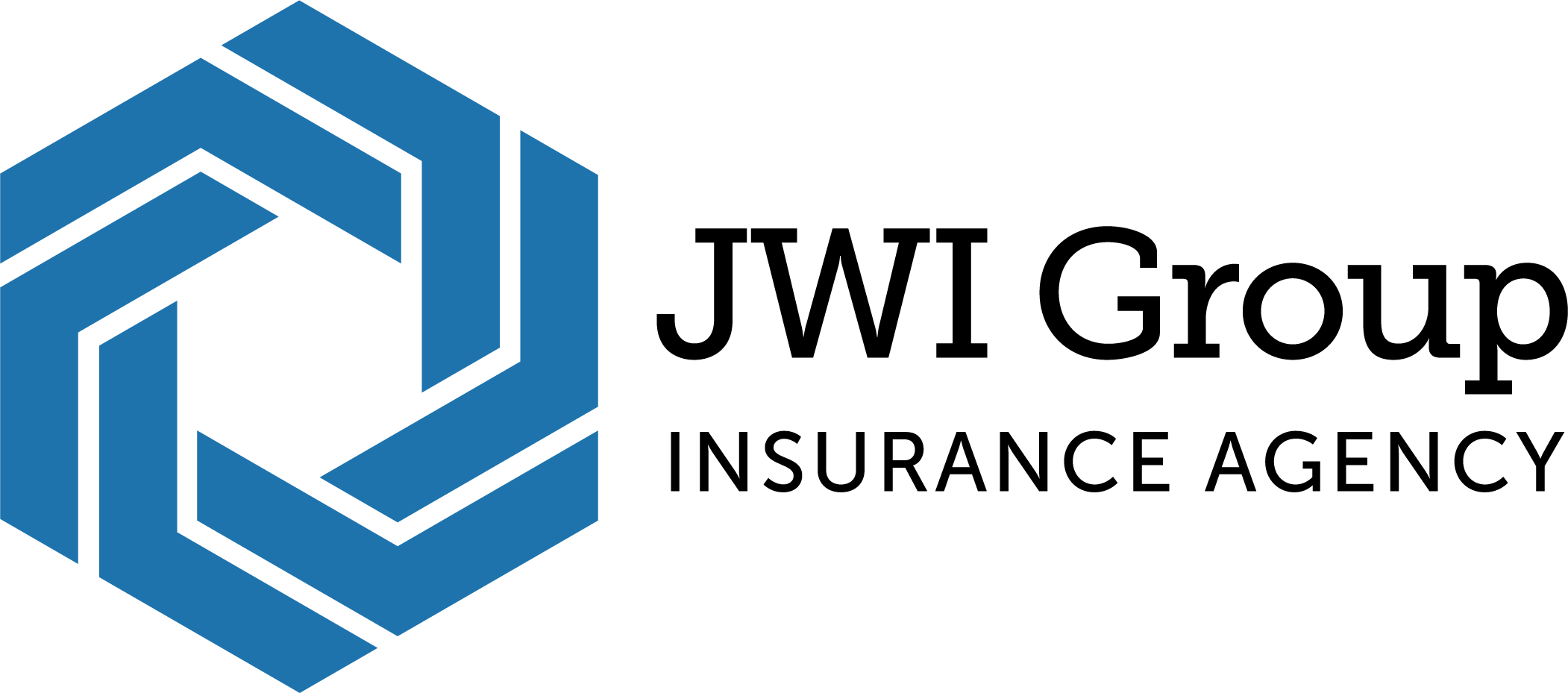
Introduction to Restaurant Insurance Underwriting
Securing insurance for your restaurant is not as simple as requesting a quote. Carriers carefully evaluate your business before deciding whether to provide coverage and at what price. This process—known as underwriting—determines how insurers assess your risk, compare you to industry benchmarks, and decide if your restaurant is an attractive account.
Understanding what carriers look for not only improves your chances of securing coverage but can also help you reduce premiums. By proactively addressing key risk factors, restaurant owners can present their business in the best possible light.
This article breaks down the underwriting process and the specific elements carriers evaluate before quoting a restaurant.

What Is Restaurant Underwriting?
Brief Overview
Underwriting is the process by which insurance companies assess the risks associated with insuring your restaurant. Carriers gather data, review operational practices, and analyze your claims history to determine if your business meets their guidelines.
Importance of Underwriting in 2025
In 2025, rising claims costs and tighter insurance markets mean underwriters are more selective than ever. Restaurants with strong risk management, compliance, and safety protocols will stand out and are more likely to receive favorable terms.
Why This Matters for Restaurant Owners
Benefits of Understanding Underwriting
- Better preparation: Knowing what underwriters need allows you to gather the right documentation in advance.
- Improved pricing: Businesses that demonstrate safety and stability often receive lower premiums.
- Fewer surprises: Understanding the process reduces the risk of last-minute quote denials or unexpected exclusions.
Impact on Industry Trends
Restaurants with high turnover, poor safety records, or inadequate documentation may find coverage harder to secure. In today’s environment, demonstrating proactive risk management is just as important as serving great food.
Key Components Carriers Evaluate Before Quoting
1. Your Claims History
- Frequency and severity of past claims strongly influence underwriting decisions.
- A history of slip-and-fall claims, kitchen fires, or liquor liability issues may raise red flags.
- Tip: Implement preventative measures and document improvements made since prior losses.
2. Safety and Risk Management Programs
Carriers want evidence that your restaurant actively reduces risk:
- Fire suppression systems (UL-300 compliant and inspected regularly).
- Slip-resistant flooring and documented cleaning schedules.
- Alcohol service training for staff if liquor liability applies.
Learn more about our Risk Management Solutions.

3. Property Condition
The physical condition of your building and equipment reflects risk exposure.
- Updated electrical and plumbing systems reduce fire and water damage risks.
- Well-maintained refrigeration and cooking equipment reduce breakdown and spoilage claims.
Protect your assets with Commercial Property Insurance.
4. Staff Training and Employment Practices
- Carriers review how employees are trained in food safety, lifting, knife handling, and alcohol service.
- Proper onboarding and ongoing safety training reduce workers’ compensation claims.
Explore coverage with Workers’ Compensation Insurance.

5. Payroll and Revenue Records
Accurate and current financial records are critical.
- Premiums are based in part on payroll and gross sales.
- Carriers expect documentation to support reported figures.
6. Security Measures
Restaurants with strong security protocols are more insurable. Examples include:
- Surveillance cameras in dining rooms, kitchens, and exterior areas.
- Alarm systems with 24/7 monitoring.
- Cash-handling procedures to prevent theft.
7. Compliance with Regulations
Carriers confirm compliance with:
- Local health department inspections.
- OSHA requirements.
- State and municipal licensing (including liquor licenses).
8. Delivery Operations (if applicable)
If your restaurant offers delivery:
- Carriers review driver screening processes, motor vehicle records, and use of personal vs. company-owned vehicles.
- Commercial Auto Insurance may be required.
9. Business Continuity Planning
Carriers value restaurants that have contingency plans for unexpected events.
- Documented plans for fire, severe weather, or supply chain disruptions strengthen your application.
- Business Interruption Insurance helps restaurants recover lost income after a covered event.
Real-Life Example
A fast-casual restaurant in New Jersey was initially declined for coverage due to two prior kitchen fire claims. Working with a broker, the owners installed a UL-300 fire suppression system, increased the frequency of hood and duct cleanings, and retrained staff. At renewal, they documented these improvements and submitted maintenance logs. This proactive approach convinced the carrier to quote, saving the restaurant over $5,500 annually compared to the non-admitted market.

Frequently Asked Questions (FAQ)
Q1: Why would a carrier refuse to quote my restaurant?
Carriers may decline due to poor claims history, lack of safety measures, outdated equipment, or incomplete documentation.
Q2: How do carriers view liquor liability exposure?
Serving alcohol increases risk. Carriers evaluate training programs, ID-check protocols, and liquor license compliance before quoting.
Q3: Does my location impact underwriting?
Yes. Restaurants in areas with higher crime rates, flood zones, or aging infrastructure may face stricter underwriting requirements.
Q4: How can I improve my chances of getting multiple quotes?
Work with a broker to present your restaurant as a well-managed risk. Provide updated records, photos of safety equipment, and evidence of training programs.
Q5: Can cyber risk affect my restaurant insurance?
Absolutely. With online ordering and credit card processing, restaurants are targets for cybercrime. Adding Cyber Liability Insurance shows carriers you’re taking protection seriously.
Final Thoughts
Insurance carriers look beyond your menu when deciding whether to insure your restaurant—they evaluate your safety practices, documentation, property condition, and risk management efforts. By understanding what carriers look for and proactively addressing these areas, you position your business for better coverage at more competitive pricing.
At JWI Group, we help restaurants across NY, NJ, and CT prepare for the underwriting process and secure coverage tailored to their needs.
Request a Restaurant Insurance Quote Today
Coverage is just the start. Peace of mind is what we deliver.
